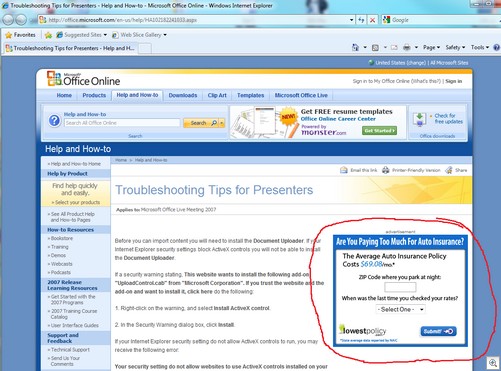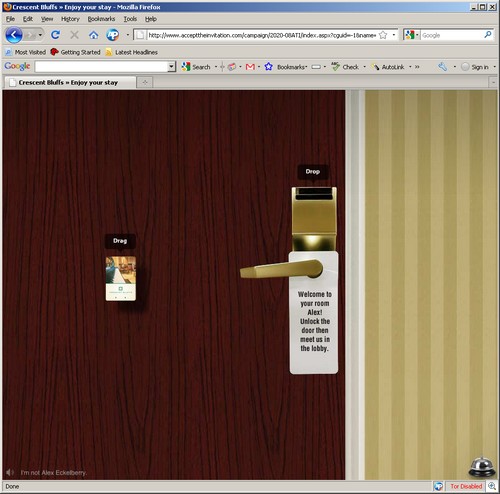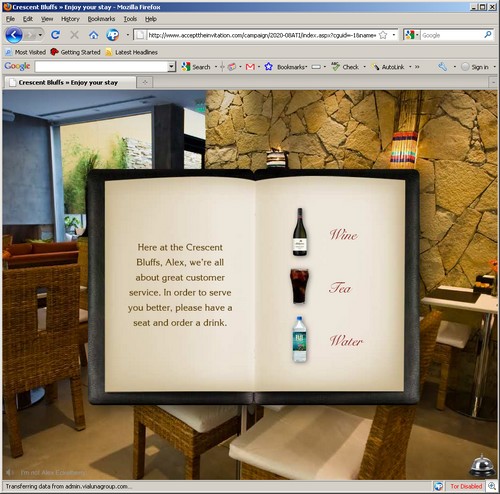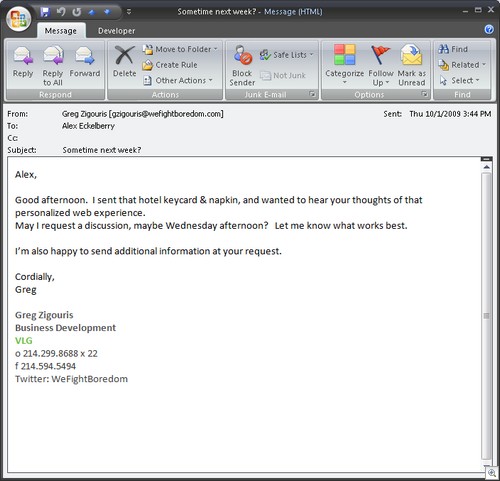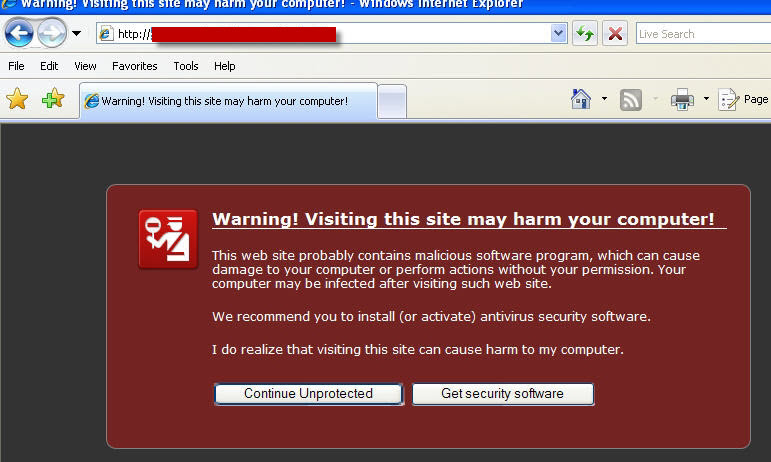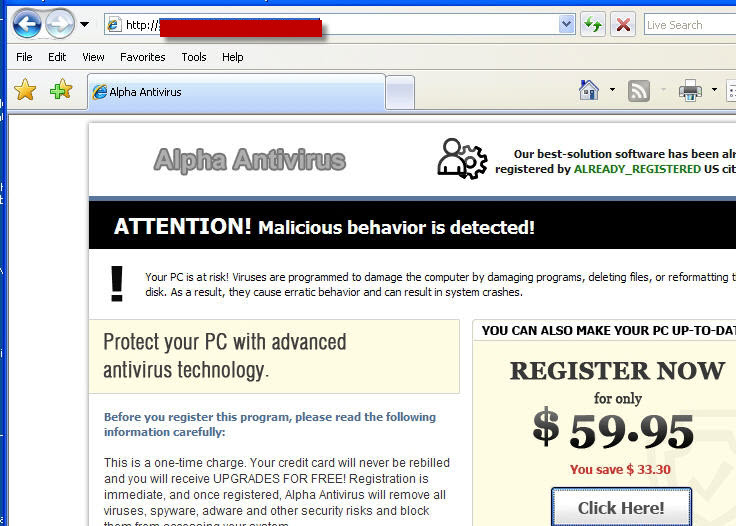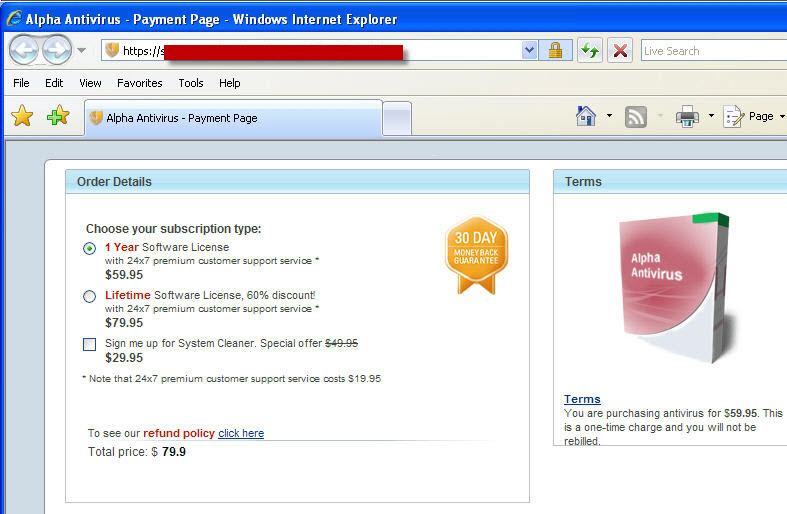Researchers in the Sunbelt Manila office have reported that the entire staff has been accounted for and flood waters are receding. Half the staff members are in their homes and unable to reach the office. The Sunbelt facility is on the 17th floor and has electricity.
The Sunbelt headquarters in Tampa Bay, Florida, has been in touch with various staff members by email.
Staffer Alejandro Mendoza III sent the following:
Here are some photos taken from my apartment. I am at Pasig Green Park Village and fortunately, my place is on the 3rd flr. Our village near joey, aldous, reggie, reggie and berman
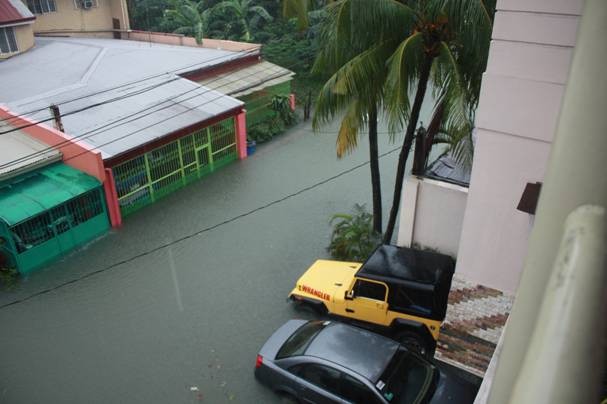
When we woke up at around ll am, water is already waist deep. We were not worried at all since the place does not usually get flooded. We no longer have electricity at around 1 pm.
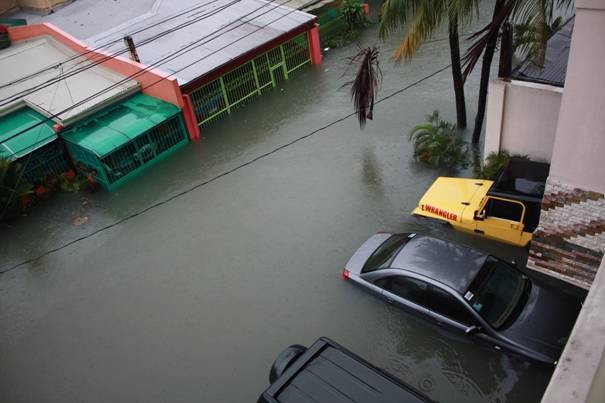
By 4 pm, the place is already at chest deep. At this point, things start to get scary. We could no longer go out and evacuate because the water level is higher in the main road so we opted to stay in our apartment. Those who are staying in single story houses began to move to our place.
Inside the first floor of our apt. our place is higher than the road so the water level is still knee deep at this point

By 11 pm the murky water has already covered the first floor and cars are now completely submerged. Water level on the street is about 6 feet or deeper. You can only see the trunk of the Chevrolet.

By 8:30am 9/27, water is still at shoulder deep. People have to use an air bed as lift-raft to go out and check our other neighbors.
Water slowly subsided and by 8 pm, water is still waist deep.
Aldous de los Santos sent this account at 1:44 p.m. Sept. 28 (local time)
Water in my area has receded this morning.
I plan to come by the office this afternoon to recharge cell phones and laptop computer.
We are fixing and cleaning a lot of things in the apartment. Roads going out are muddy but passable.
I’m saving battery of my laptop that I can only go online from time to time.
I’ll see if I need to get a power generator for the house in case the power will take weeks to be restored since I heard that some areas are still in waters.
We have only little updates on the news since we are saving batteries.
No TV, we can only get updates from the net and radio.

(View from los Santos’ apartment during the flooding.)
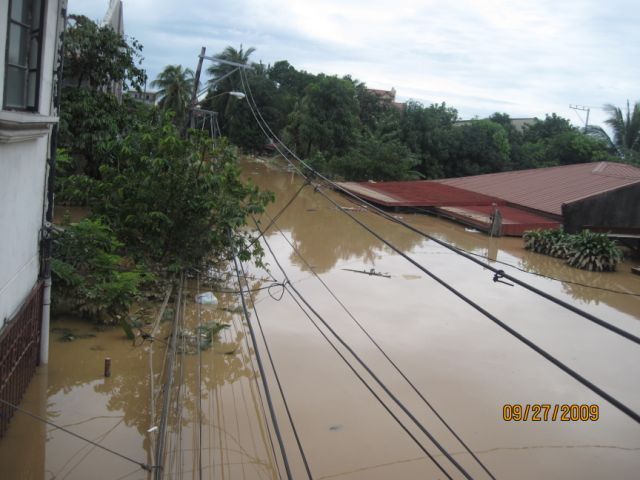
(And when it peaked.)
Tragic flash floods and landslide always happen in PH =(
I only watched from news and visited the place after it has happened, and this is my first time to experience being really involved. I think what I have experienced is still minor compared to other subdivision and provinces. The photos I took are within my area.
I wanted to go to office to take some pictures, since we are in a higher floor, I can get a good view. But I have to stay with my family while the water is high.
–Aldous
News today on Philippine flooding. 100,000 homeless and 240 dead.
To help the victims of the flooding, go through the Philippine Red Cross (URL here.)”
Tom Kelchner


